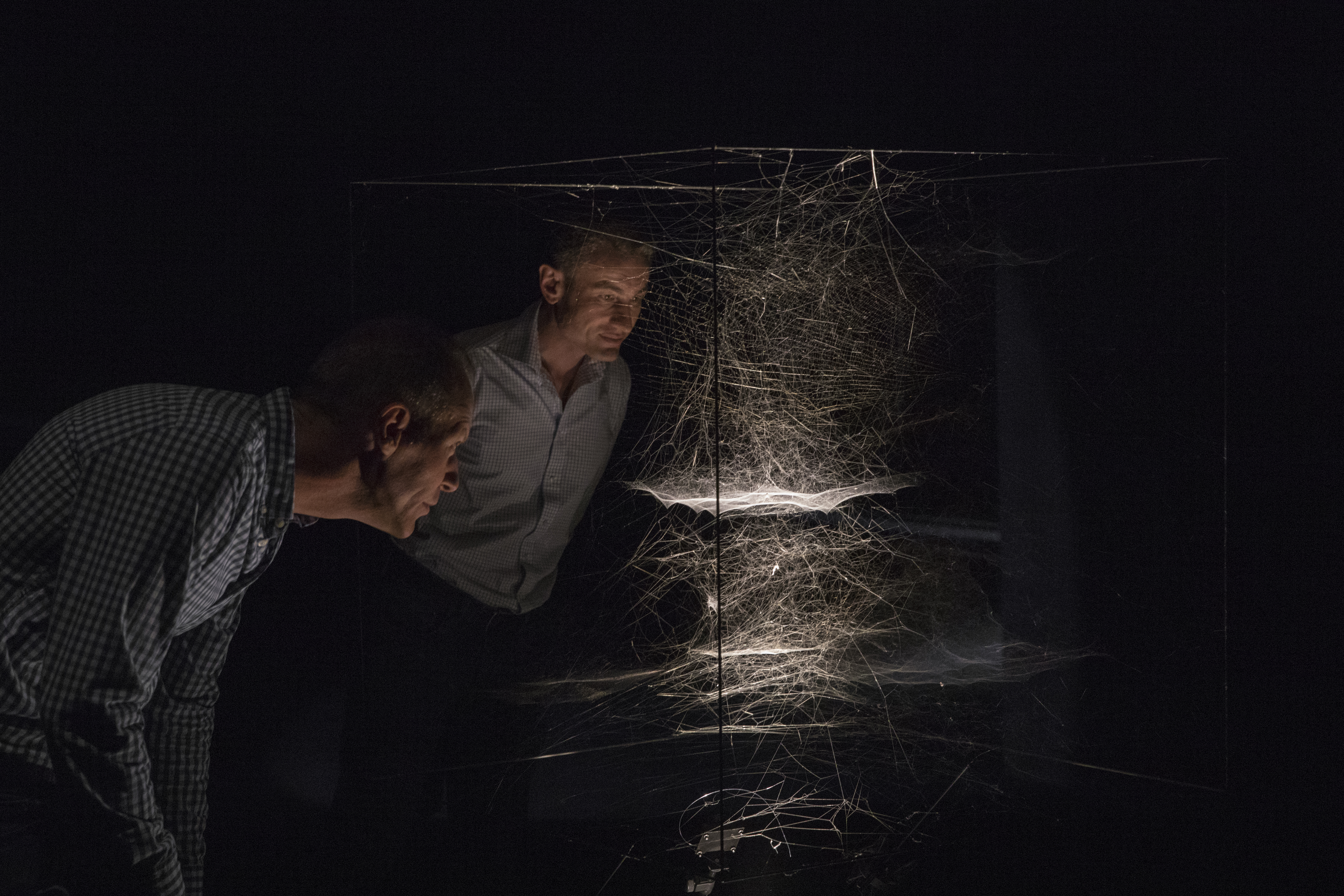Intensificare il non-umano: pratiche inclusive nel lavoro di Anicka Yi, Tomás Saraceno e Philippe Parreno
Mots-clés :
Bioart, Non-human, Artificial intelligence, Inclusive aesthetics, Post-anthropocentrismRésumé
Over the past two decades, several artists have begun to explore the relationship between media technologies, subjectivity, and living ecosystems. Following often different methods and goals, they have highlighted a radical entanglement between art languages and issues related to the environmental crisis. These artists have moved in the direction of an "inclusive" aesthetic (Nicolas Bourriaud) as they have proposed a decentralized gaze capable of problematizing the main oppositions that characterize the habitus of anthropocentrism. The article aims to analyze three installations in which the intensification of non-human agency contributed to the creation of media environments in which viewers were invited to reconsider their relationship with otherness. The projects examined are Anicka Yi's Biologizing the Machine (terra incognita) (2019); Tomás Saraceno's Sounding the Air (2018) and Webs of At-tent(s)ion (2018); and Philippe Parreno's ANYWHEN (2016). The thesis is that one of the main strategies adopted by these artists has been to intensify, and thus make fully visible, the agency of non-human entities – such as plants and microorganisms – through coercion with the technologies of automation and artificial intelligence.

Téléchargements
Publiée
Comment citer
Numéro
Rubrique
Licence
(c) Tous droits réservés Elephant & Castle 2023

Ce travail est disponible sous la licence Creative Commons Attribution 4.0 International .





